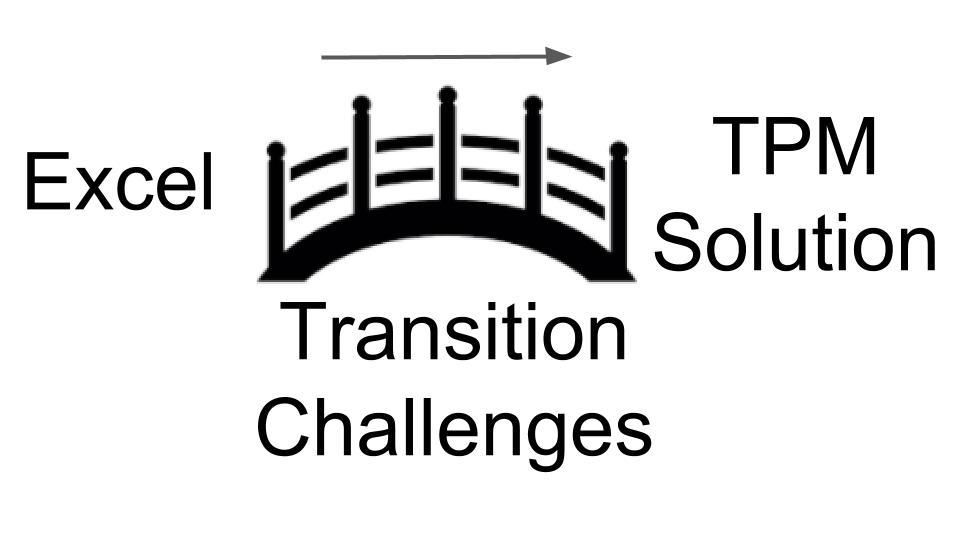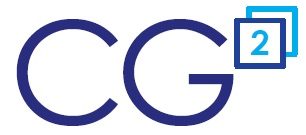
Here are some of the challenges you’ll face when transitioning from to a true trade promotion management solution for your manufacturer chargebacks, rebates and allowances:
When do you start the transition to your new TPM solution?
Do you wait until your team isn’t busy and has time, or do you push ahead when the need is greatest, and the reason for a TPM solution is most visible? There is no right answer to this question. If you wait to train your team when they have time, they may forget some of the software features before the new system goes live. If you transition during your peak season, other job demands may take priority and delay your transition to your TPM solution.
Best practice? Start sooner than required by the project’s critical path. There are always unplanned tasks that can delay your TPM project. Allowing extra time reduces the pressure to sacrifice quality for deadline.
What’s the cut-over date?
Do you wait for a fiscal-year end, other fiscal period, or just cut over when your team isn’t busy and has the most time to focus on the transition? Again, there is no right or wrong answer.
Best Practices:
- Get all your stakeholders involved in the cut-over decision.
- Consider overlapping old and new workflow processes where appropriate. Running in parallel is a good way to validate the new process. Overlapping both old and new workflows can also give teams more time to learn the new system while keeping up with the day-to-day tasks of managing trade in the current fiscal period.
- Don’t focus on the old data during the cut-over. Spending too much time on processing old data with the new workflow may not be a productive use of everyone’s time.
Incomplete promotional data, and deals that are already completed.
Promotions must be created and approved before promotional deductions can be resolved, so this is a logical first task for your transition team. There are two common challenges you’ll face when creating promotions in the new TPM solution during the transition:
- Your old workflow may be missing information that’s required in the new software solution. For example, you may not have required a volume or estimated quantity in your Excel spreadsheets, or they may be in the wrong unit-of-measure, or estimated in revenue dollars when you need cases. You may also need to spend extra time interpreting deal sheets and decide how how the MCBs, rebates and allowances should be entered into the TPM solution. A TPM solution provides structure that may be absent in your Excel spreadsheets.
- When you start your transition, you may have a large number of promotions to enter into the new TPM solution that have already started or are completed. It may take longer to track down data for these promotions. Some TPM software solutions require additional approval rights to back date promotions. Allow extra time to enter these active or completed promotions into your new TPM software solution.
Best Practices:
- Focus on completing all promotions for the current budget period or quarter. Don’t stress your users by requiring them to load a full year’s promotional plans into the system. You can require all deals be entered after you validate the new approach, and you don’t need a full year’s promotional calendar to confirm the new approach. If you use just the current budget period’s promotion to review and make any adjustments, your planners will save a lot of time by not having to re-work promotions in the future budget periods.
Whether you are using Excel, or migrating from one TPM solution vendor to another. Using these best practices can can help your team address the common transition challenges and get your new solution into live production:
Alex Ring, President
CG Squared, Inc.
